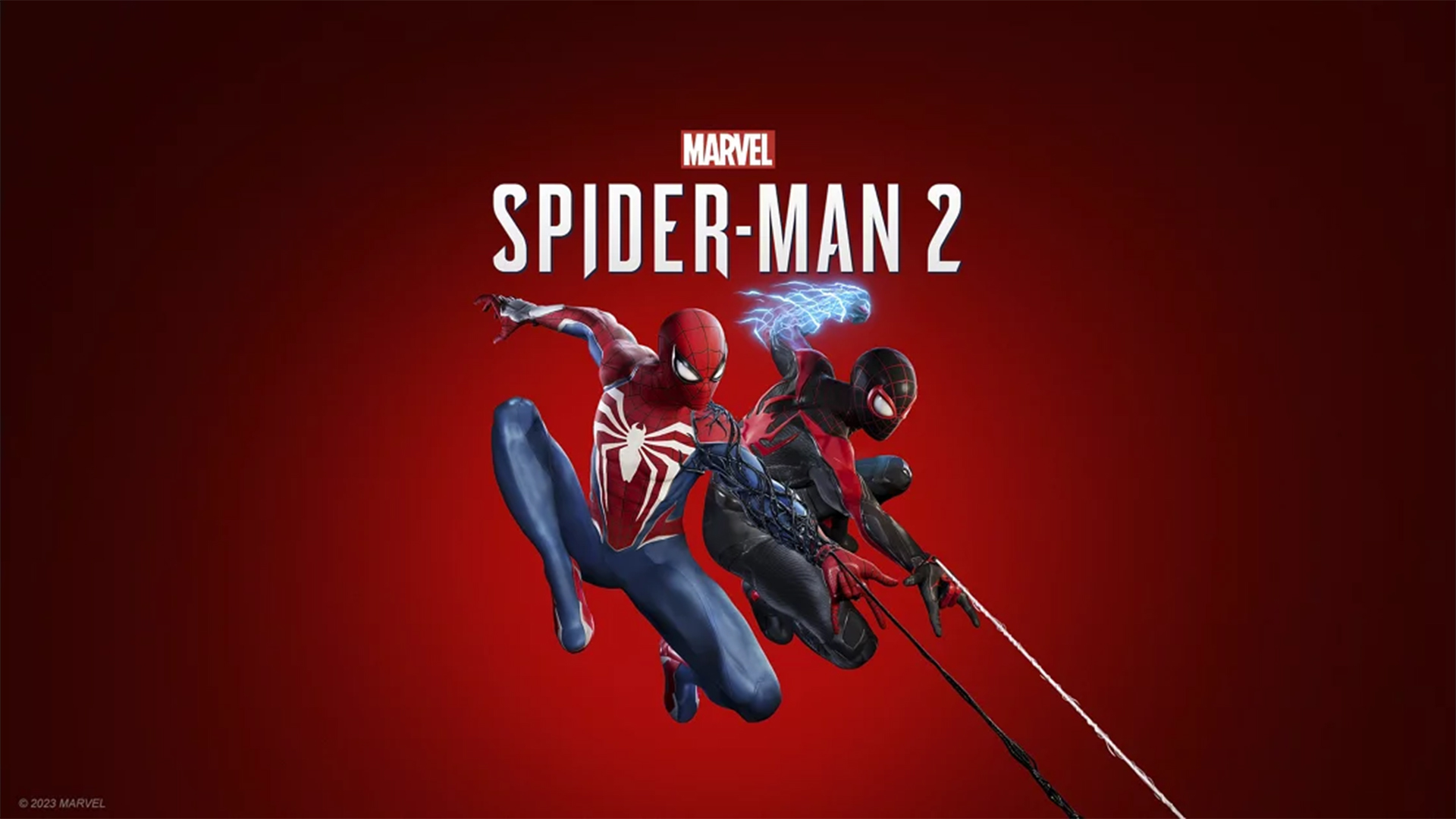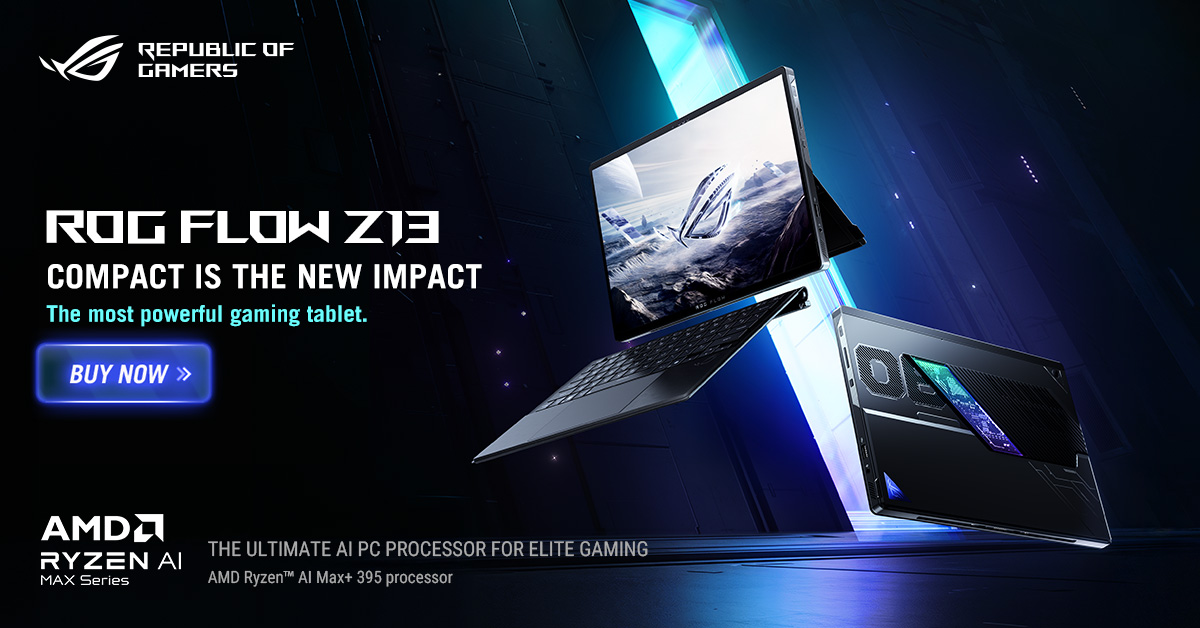Developed By: Insomniac Games & Nixxes Software
Published By: Sony Interactive Entertainment
Platforms: PC
Reviewed On: PC
Review Code Provided By: Sony Interactive Entertainment Singapore
Following its initial PlayStation 5 debut over a year ago, Marvel’s Spider-Man 2 swings onto PC through the expertise of Nixxes Software, a studio renowned for its meticulous PlayStation-to-PC adaptations such as the Horizon series and prior Spider-Man titles. This iteration introduces enhanced graphical features, including ray tracing, unlocked framerates, and ultrawide monitor support. But does this port deliver the definitive web-slinging experience?
Narrative Continuity and Character Arcs
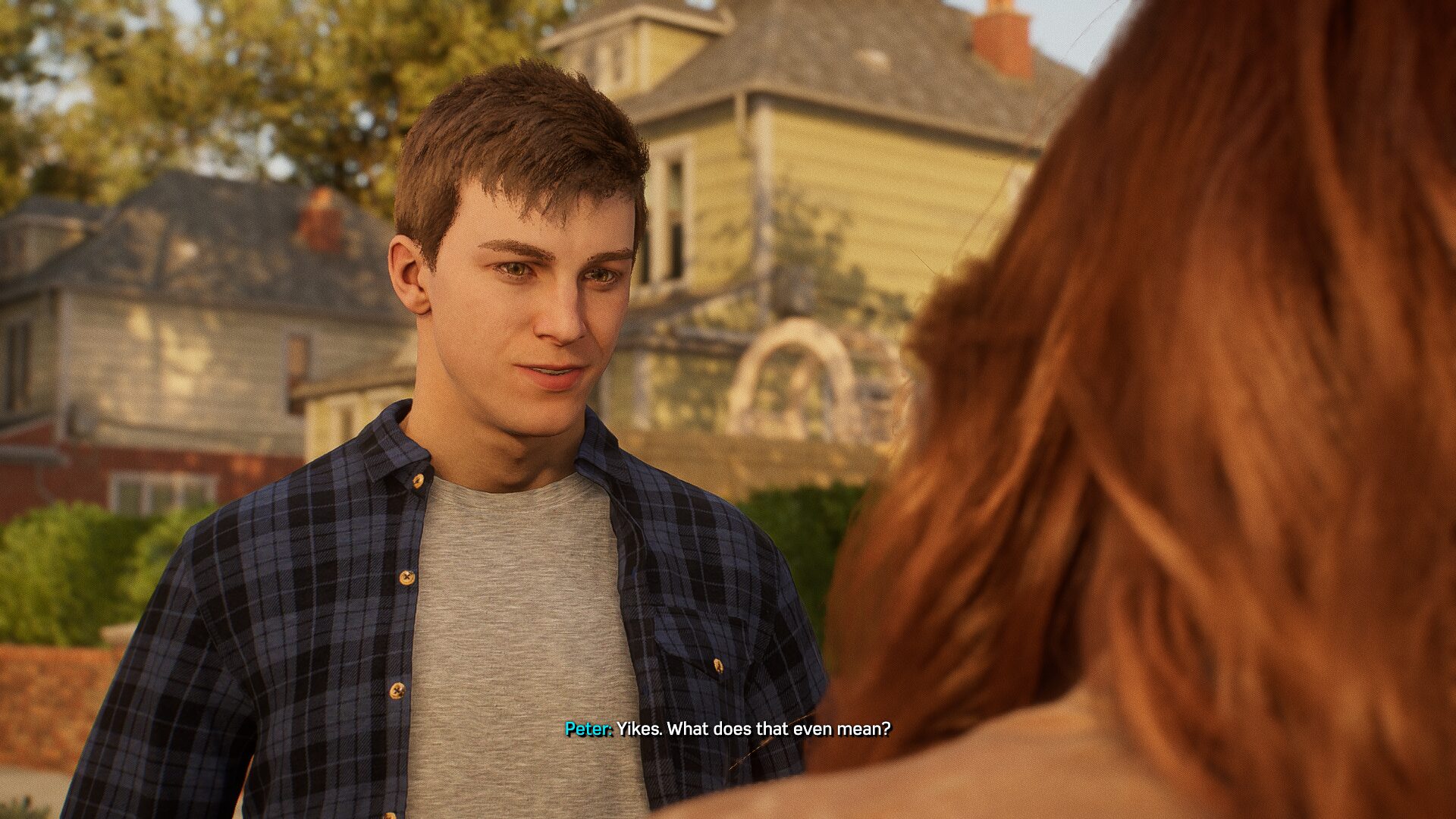
The sequel seamlessly continues and intertwines narrative threads from Marvel’s Spider-Man and Marvel’s Spider-Man: Miles Morales. Peter grapples with the enduring grief of Aunt May’s loss while balancing his dual identity, whereas Miles navigates the loss of his father while reconciling with his uncle, Aaron Davis (The Prowler), whose technological prowess aids Miles’ crime-fighting evolution. The arrival of Kraven the Hunter and long-teased characters like Harry Osborn inject fresh dynamics, enriching the story’s emotional and thematic complexity. Supporting characters such as Ganke and Mary Jane Watson return, further grounding the superhero spectacle in personal stakes and relational growth.

The interaction between characters has chemistry be it being rivals with Peter having funny and cute quips when talking to villains. Even between Spider-Mans, there are cute interactions that you can make happen after you finish the missions which shows just how close these two are now.
Dual Protagonists, Expanded Systems
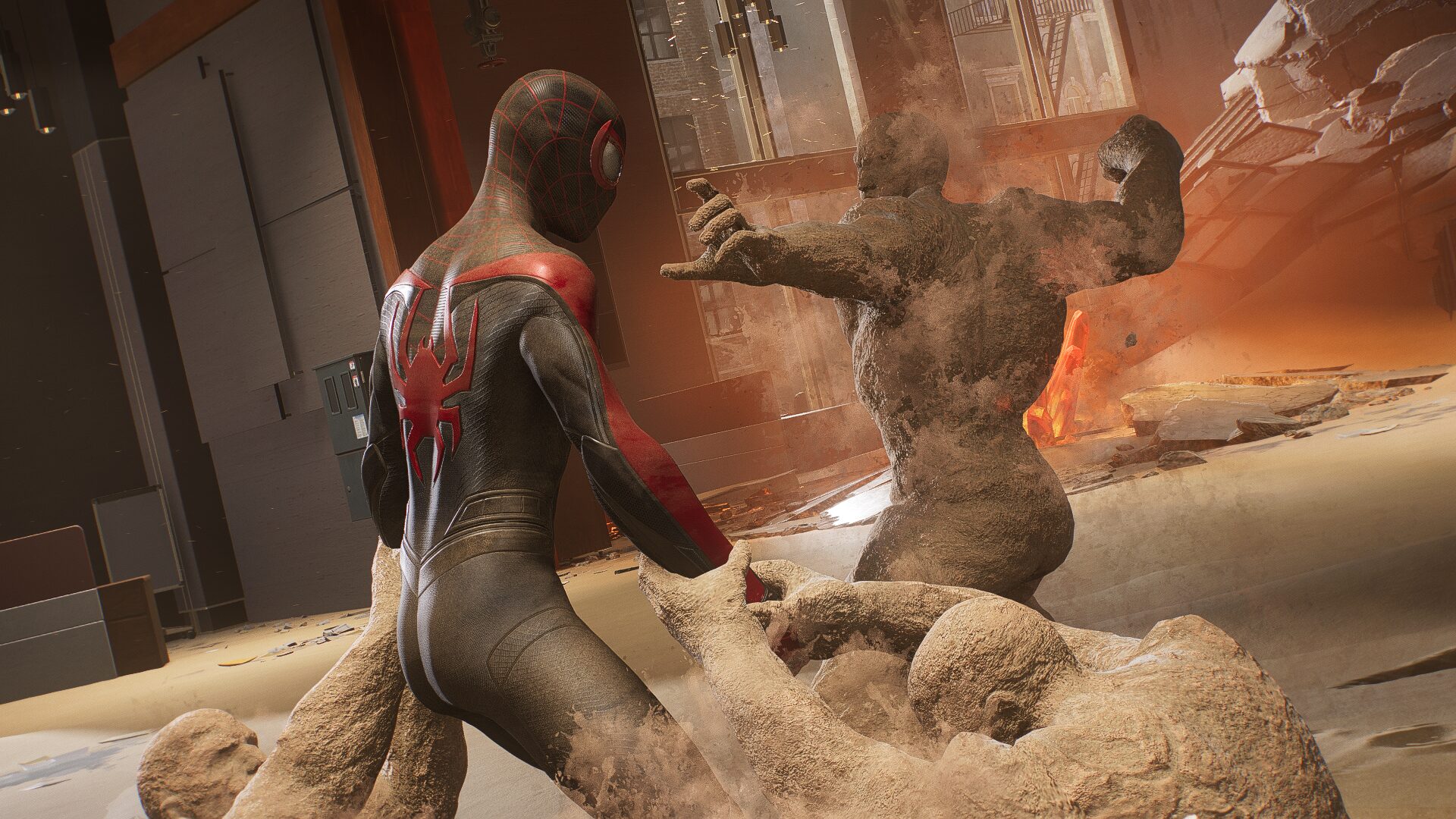
Franchise veterans will recognize the fluid traversal and combat mechanics, now expanded to accommodate dual protagonists. Players manage three distinct skill trees—shared, Peter-specific, and Miles-specific—alongside an array of unlockable suits with alternate colour schemes. While the core combat retains its accessible rhythm, new enemy types necessitate mastery of a parry mechanic, introducing a deliberate learning curve. Stealth receives a welcome upgrade via the Web Line gadget, enabling creative overhead path creation, though environmental perch points are intentionally made less abundant compared to prior entries.
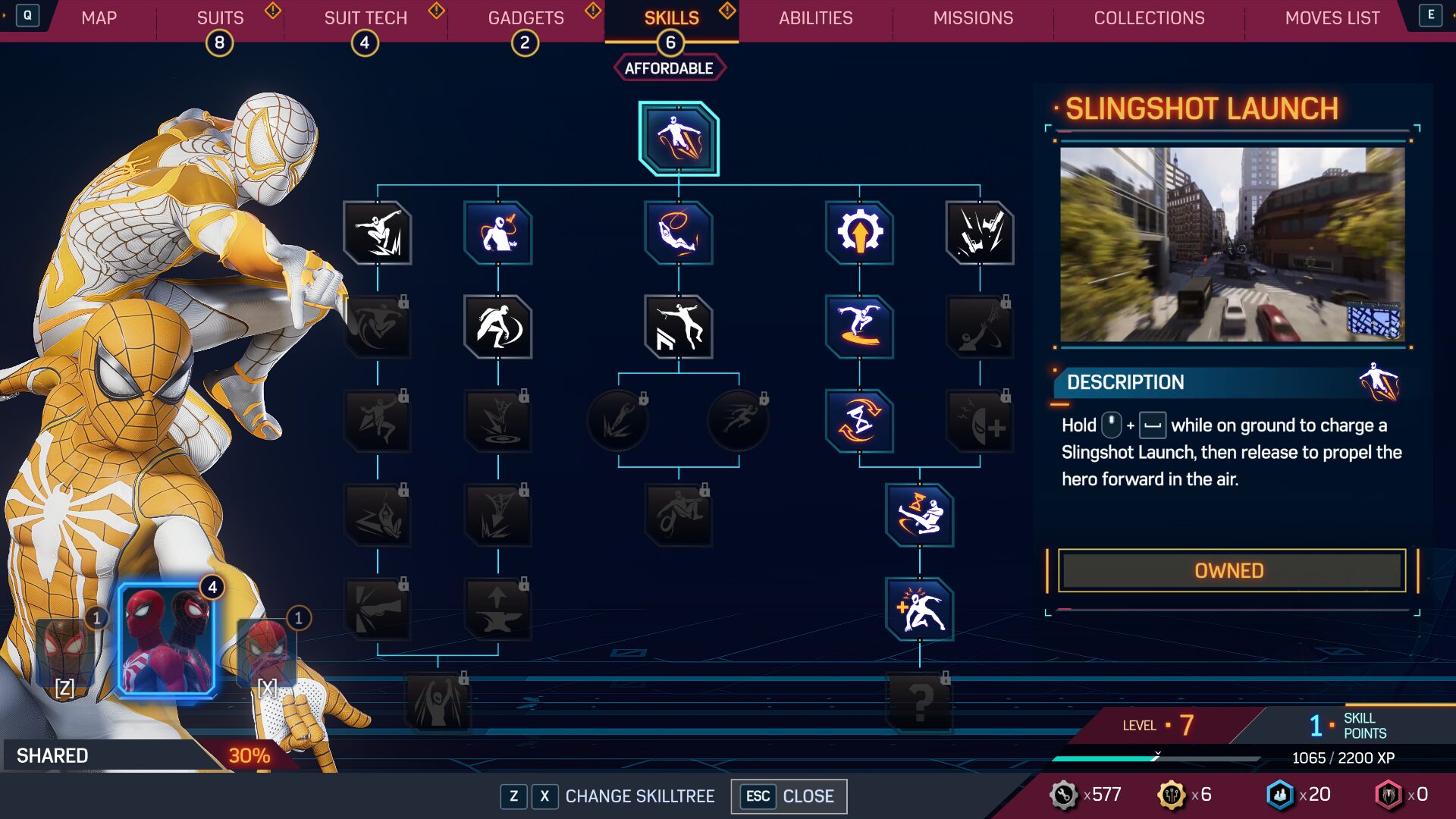
You can switch between 2 Spider-Mans easily using Genki’s mobile app and if you explore around while during events, there is a chance that the other Spider-Man will join in the ‘fun’.
The expanded New York City map introduces wind-aided web-gliding for faster traversal, though traditional web-swinging remains the more immersive choice in my opinion. Fast travel is notably seamless, leveraging SSD capabilities for near-instant transitions—a feature that will hampered by prolonged load times if the game is installed on an HDD.
Technical Enhancements and PC-Specific Optimizations
Nixxes’ port shines in its graphical customization, offering scalable presets from minimal to very high, alongside granular ray tracing options from shadow enhancements to full urban reflections. Comparative analysis suggests the PlayStation 5 version aligns with the PC’s “High” preset, though ultra settings reveal superior texture detail, ambient occlusion, and hair modelling—despite occasional overexposure artefacts in character lighting.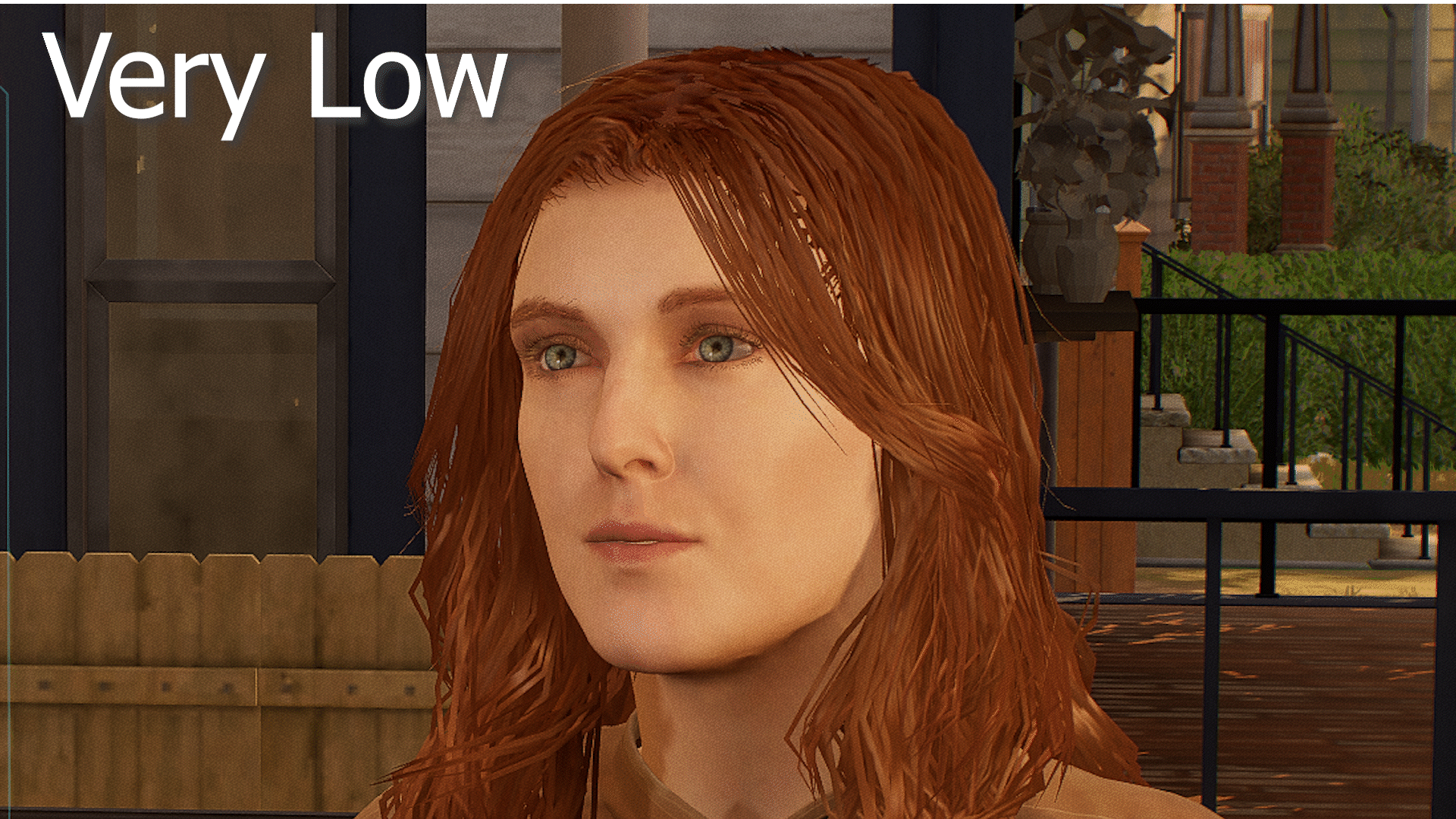
The game also supports quite a spectrum of PC specs as the game will be able to run on a 5-year-old GPU albeit looking horrendous. Above are the differences between the preset settings available via the option.
Ray tracing’s implementation is transformative, particularly in dense urban environments where reflective surfaces heighten immersion. There is barely any noticeable difference between Very High and Ultra but lights are blended more in Ultra and softer shadows which makes some shaded areas look brighter in higher settings.
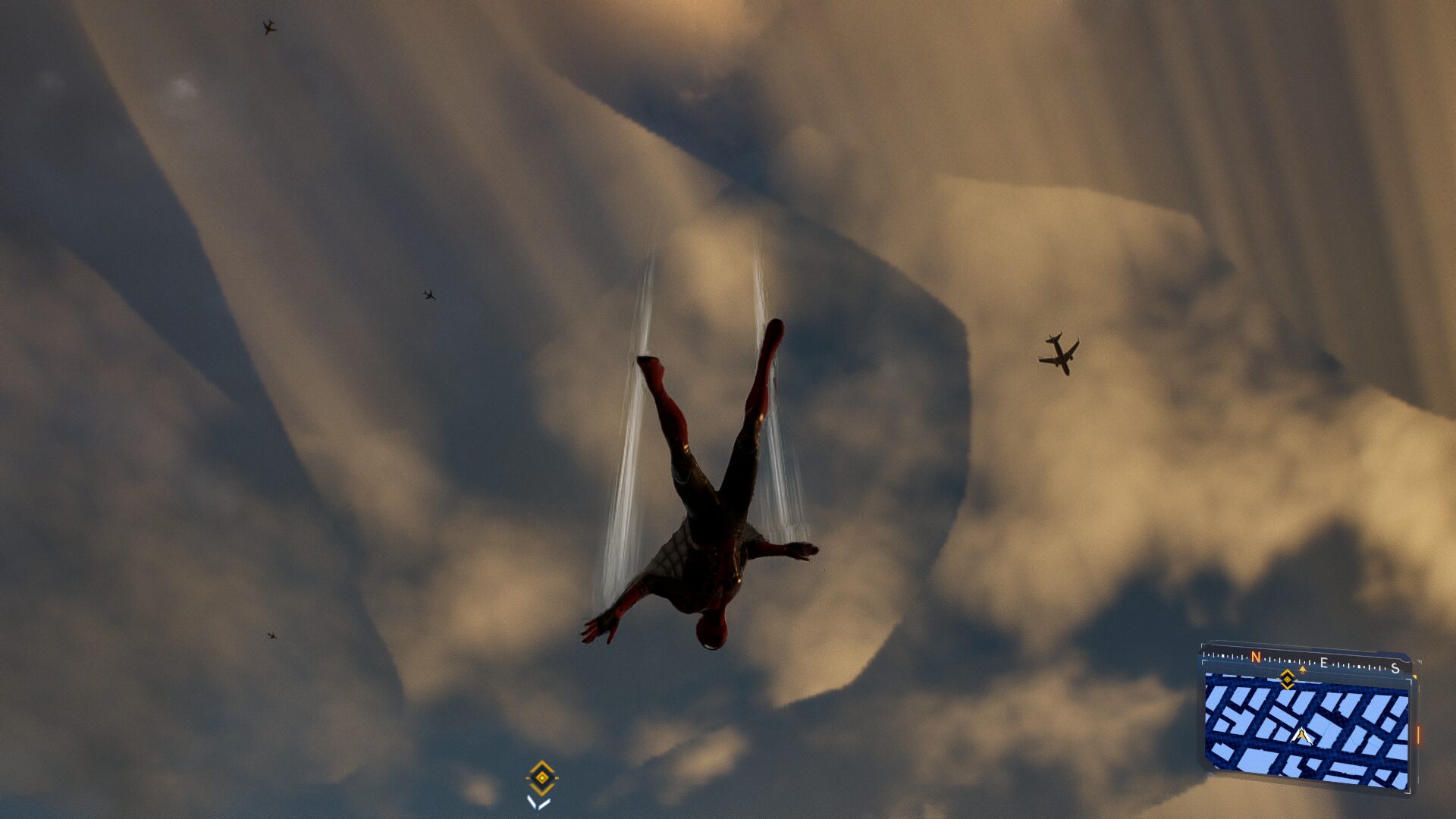
However, texture pop-in and shader compilation stutters occasionally may mar the experience, especially with ray tracing enabled. Using mouse-and-keyboard controls is okay but most actions including the mini-games and traversal benefit significantly from a DualSense controller, which the game seamlessly recognizes and adapts to through plug-and-play.
Side Content and Pacing
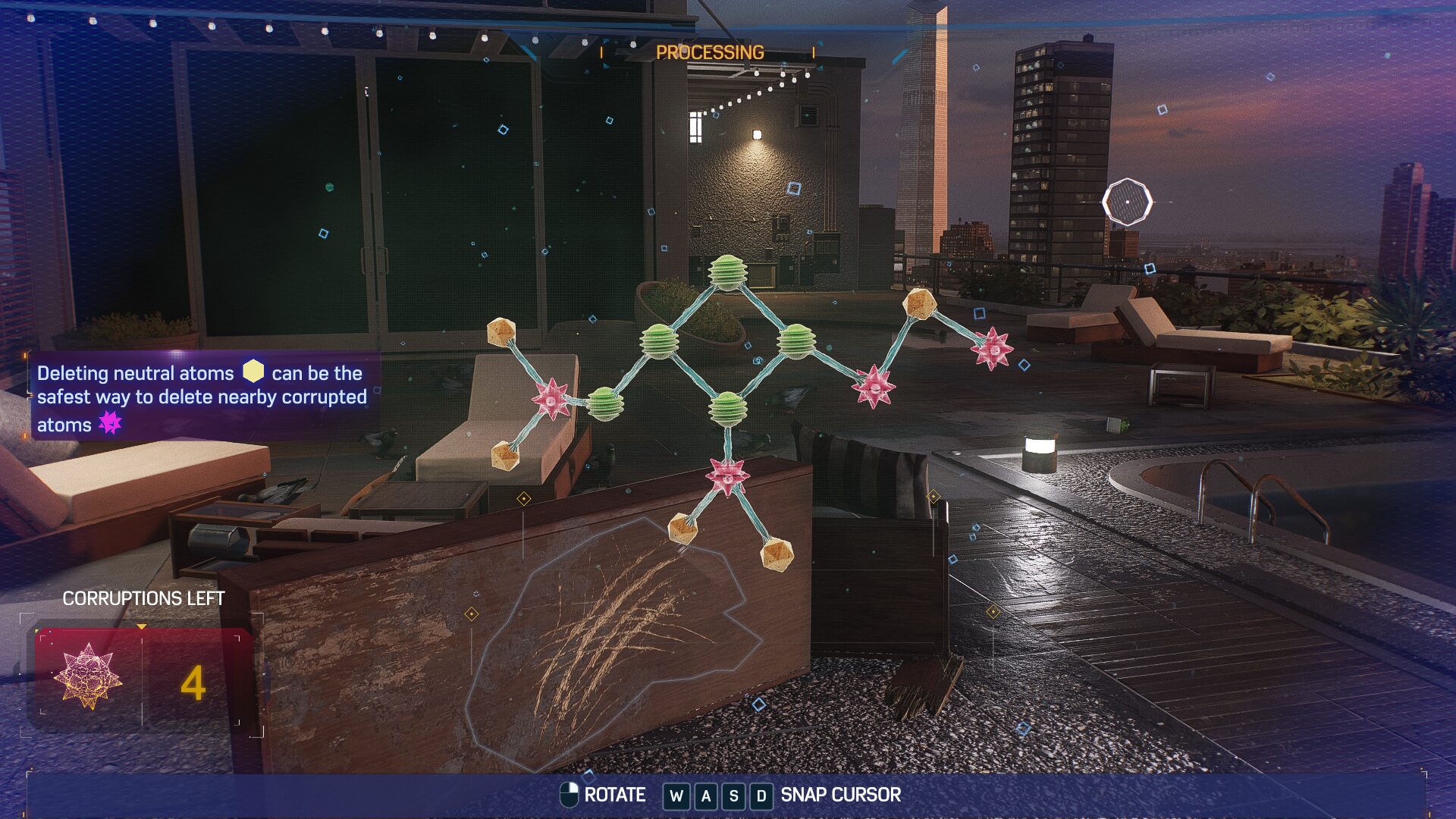
The open-world framework retains familiar side activities but innovates with puzzle-solving challenges tied to character-driven subplots. Characters like Harry Osborn and Aaron Davis are now featured in these diversions, blending narrative progression with gameplay variety. Interludes between major story beats offer quieter moments for exploration and character interaction, balancing the pacing between high-octane battles and reflective storytelling.
This I Liked About the game:
- Narrative Ambition: A sprawling cast and interwoven arcs elevate the story beyond typical superhero tropes.
- Technical Mastery: Ray tracing and texture enhancements set a new visual benchmark, optimized efficiently across hardware.
- Quality-of-Life Improvements: Refined fast travel and gadget economy (via a combo-triggered “free use” passive) streamline gameplay.
Things that could improve:
- Technical Instability: Frequent crashes and texture pop-ins disrupt immersion.
- Input Limitations: Mouse-and-keyboard controls feel cumbersome to use with certain mechanics.
- SSD Dependency: HDD users face significant performance compromises.
Conclusion
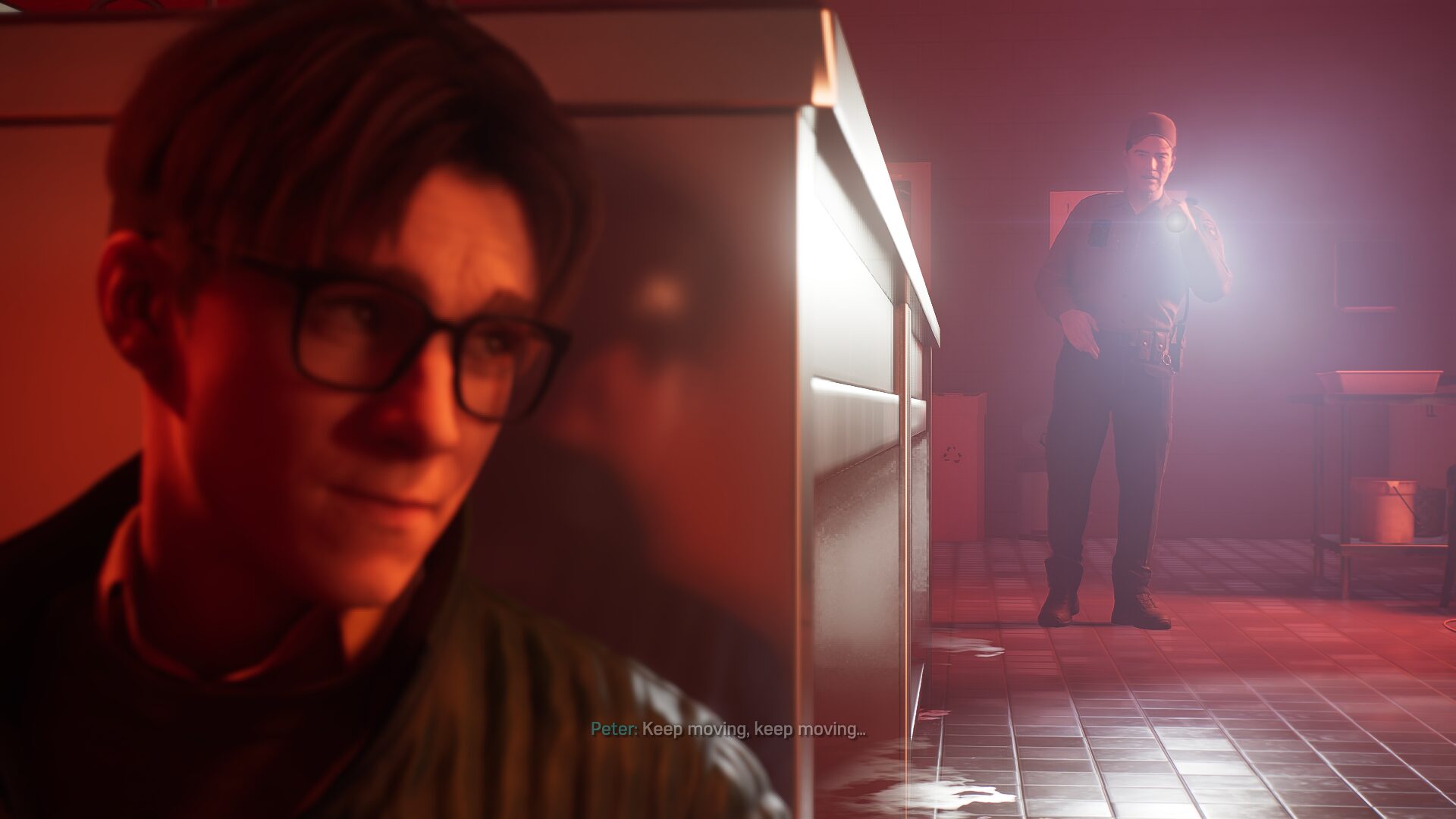
Marvel’s Spider-Man 2 on PC exemplifies Not Fixing What Ain’t Broken saying, refining its predecessors’ strengths while introducing thoughtful, if incremental, enhancements. For high-end PC users, the port’s visual upgrades and performance flexibility justify revisiting New York’s skies—provided hardware meets the SSD and GPU demands. Despite minor technical hiccups, this iteration solidifies Insomniac’s legacy in crafting superhero experiences that balance spectacle with heartfelt storytelling, now optimized for the pinnacle of PC gaming.
